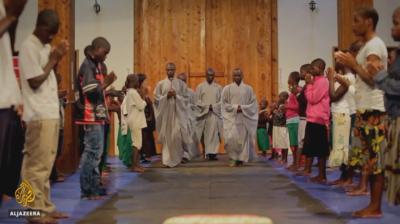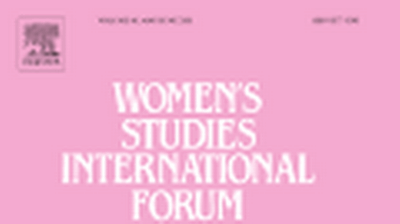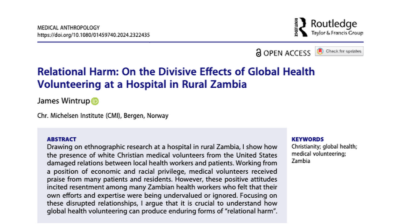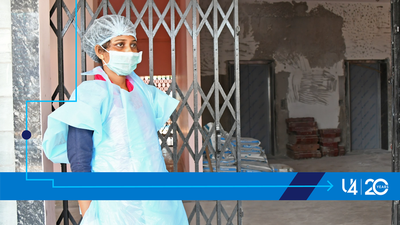“Satanism is witchcraft’s younger sibling”: Changing perceptions of natural and supernatural anaemia causality in Malawian children
In countries of sub-Saharan Africa, many children are admitted to hospital with severe forms of anaemia. The late hospital admissions of anaemic children contribute significantly to child morbidity and mortality in these countries. This qualitative study explores local health beliefs and traditional treatment practices that may hinder timely seeking of hospital care for anaemic children. In January of 2019, nine focus group discussions were conducted with 90 participants in rural communities of Malawi. The participants represented four groups of caregivers; mothers, fathers, grandmothers and grandfathers of children under the age of five. The Malawian medical landscape is comprised of formal and informal therapeutic alternatives–and this myriad of modalities is likely to complicate the healthcare choices of caregivers. When dealing with child illness, many participants reported how they would follow a step-by-step, ‘multi-try’ therapeutic pathway where a combination of biomedical and traditional treatment options were sought at varying time points depending on the perceived cause and severity of symptoms. The participants linked anaemia to naturalistic (malaria, poor nutrition and the local illnesses kakozi and kapamba), societal (the local illness msempho) and supernatural or personalistic (witchcraft and Satanism) causes. Most participants agreed that anaemia due to malaria and poor nutrition should be treated at hospital. As for local illnesses, many grandparents suggested herbal treatment offered by traditional healers, while the majority of parents would opt for hospital care. However, participants across all age groups claimed that anaemia caused by witchcraft and Satanism could only be dealt with by traditional healers or prayer, respectively. The multiple theories of anaemia causality combined with extensive use of and trust in traditional and complementary medicine may explain the frequent delay in admittance of anaemic children to hospital.
https://doi.org/10.1371/journal.pone.0250661




![Corona überleben: Die Figur der:s Überlebende:n als Trägerin von Hoffnung und Angst in den Politiken einer Krise im Werden [Surviving Corona: The figure of the survivor as bearer of hope and fear in the politics of an emerging crisis]](http://www.cmi.no/img/400/18259-Corona-und-mediale-ffentlichkeiten.png)


